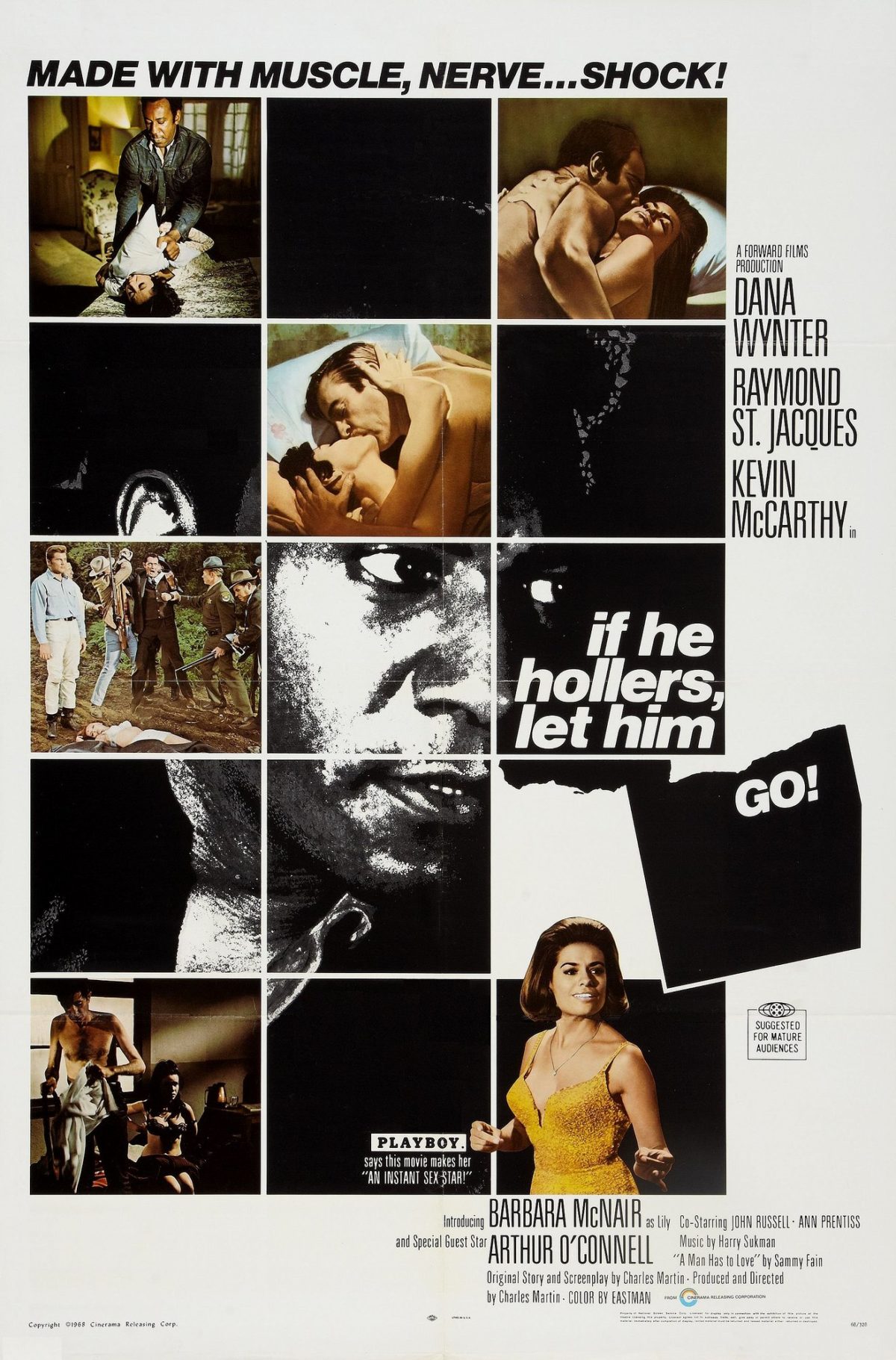There is a saying in Spanish that goes like, Hay que mejorar la raza. This is a statement that literally translates to “You have to better your race.” Growing up in south Texas I hear this statement a lot from members of my community; not only from Spanish speakers but also from the white community. For example, when I was in high school on the night of homecoming or any sort of dance I would overhear white mothers telling their sons that they can fool around with their date but too not even think about marrying her. I think the damage of this statement is obvious and it should be said that this thought isn’t just a statement that belongs in the south it’s a universal one when it comes to interracial dating. I remember when I was helping a student at the writing center she was writing a paper on interracial dating and she quoted a study that stated that around only 40 percent of interracial couples end up getting married. I have many questions about this pattern: What are the implications of this ideology for women of color? How did this thinking even start? How did this belief evolve? And how can this ideology be seen in Noir and why is it important it is reflected in the Noir genre specifically? These are some of the questions that I would like to explore in my paper. I would hope to do this by addressing the interracial relationships that we see in If He Hollers Let Him and Devil in a Blue Dress. (Maybe Blanche on the Lam). What inspired this thought would have to be the constant frustration that I felt for the main characters when we read Noir literature and when watching Noir films. I could not ignore how the role of race in the 20th century caused many black women to be overshadowed by the statement mejorar la raza. I take this saying personally because it is not only an assault on Black women but Latin women as well. By exploring Noir I can see how this statement was inherently reflected in the culture at the time in books and movies.
I started this class absolutely confused and my first blog post reflects that. All I talked about were the struggles of defining Noir and did not really make an argument. I then started trying to grasp local patterns in Noir, not global ones. I was fascinated by the idea of nostalgia because it was the first thing I was able to identify with which prompted one of my Blog posts titled The Grass Is Not Greener On The Other Side. I won’t deny that this class was difficult for me but it was also difficult in a fun way. It was intellectually challenging and sparked very interesting conversations with my parents about the themes of the books. It really helped introduce me to the realities that other people experience that I will never have to go through. Some things might be similar to what my grandparents had to go through or my cousins, but it’s not the same. I have more of an appreciation for the adversities that the Black body has gone through. So to go back to this class was challenging but if I could go back to when I woke up at 7:45 AM last spring to register for my classes this semester I would register for Black Noir all over again. Going back to what I originally defined as Noir, I would definitely rule out some things like how I thought Noir had to include a crime. I would now define Noir as a journey into the margins with the purpose of pulling the sheet off the elephant in the room to benefit the main character. I also can’t forget to add,
THERE ARE NO HAPPY ENDINGS.
